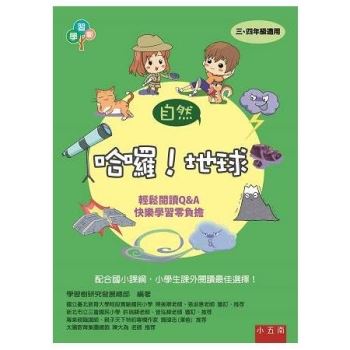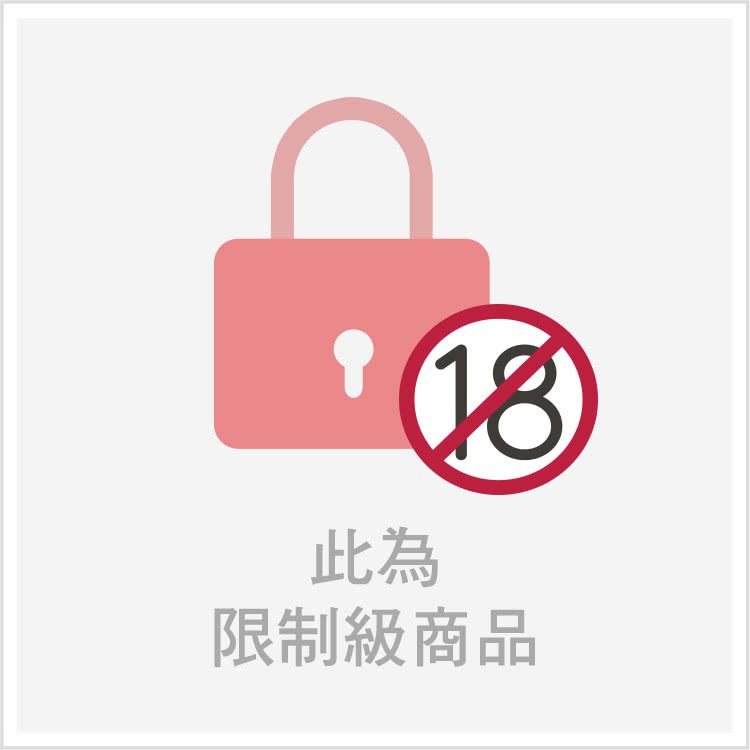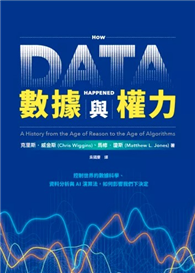"Letters on Hydraulics: A Correspondence Between E.S. Chesbrough and C.F Durant" presents a fascinating glimpse into the world of 19th-century engineering and scientific thought. This collection of letters between two prominent figures, E.S. Chesbrough and C.F. Durant, delves into the intricacies of hydraulics, covering topics from dam construction and aqueduct design to the physical laws governing water flow.
Originally published in 1849, this volume offers insights into now outdated, but historically vital engineering projects such as the Cochituate aqueduct and the Day’s dam. The correspondence discusses practical challenges, theoretical considerations, and experimental observations related to water management and hydraulic systems. Readers interested in the history of technology, civil engineering, or the development of fluid dynamics will find this a valuable and informative resource. These letters provide a unique perspective on the evolution of engineering practices and the exchange of knowledge among professionals in the field during a period of significant technological advancement.
This work has been selected by scholars as being culturally important, and is part of the knowledge base of civilization as we know it. This work was reproduced from the original artifact, and remains as true to the original work as possible. Therefore, you will see the original copyright references, library stamps (as most of these works have been housed in our most important libraries around the world), and other notations in the work.
This work is in the public domain in the United States of America, and possibly other nations. Within the United States, you may freely copy and distribute this work, as no entity (individual or corporate) has a copyright on the body of the work.
As a reproduction of a historical artifact, this work may contain missing or blurred pages, poor pictures, errant marks, etc. Scholars believe, and we concur, that this work is important enough to be preserved, reproduced, and made generally available to the public. We appreciate your support of the preservation process, and thank you for being an important part of keeping this knowledge alive and relevant.

 共
共 









